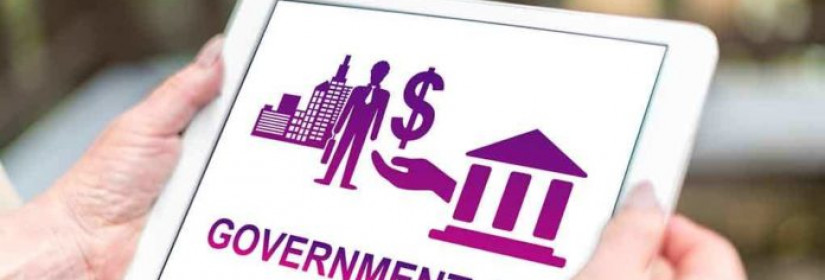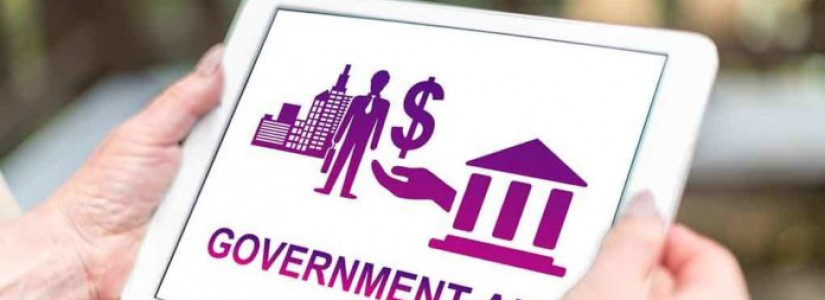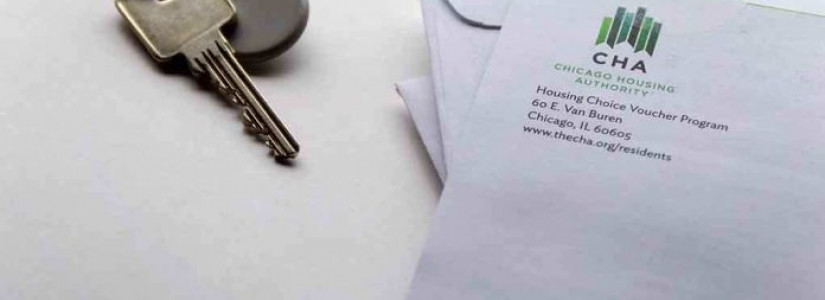8 Government Assistance Programs Designed To Help In Difficult Times

(TheDailyCurrents.com) – Two types of public assistance programs are offered by the government in partnership with the state to provide in-kind or cash benefits to individuals who’ve fallen on tough times. They are social welfare based on a low-income eligibility criterion and a social insurance program depending on age, employment status, or being a veteran.
Qualifying for Free Government Assistance
Applicants must fall under the Federal Poverty Level (FPL) to receive free federal subsidies such as food stamps, Medicaid, the Children’s Health Insurance Program (CHIP), and more. The official poverty level income varies subject to a family’s size and geographical location. To be eligible for government assistance, your annual income should fall between 100 to 400% of the FPL. If your income limit is in this range, you may qualify for the Affordable Care Act (ACA), Medicaid health coverage, or CHIP.
Several categories of government or state assistance programs exist. The classifications include food, healthcare, financial, homeownership, home rental, retirement, small businesses, and taxes. Below are 8 of the most common government assistant programs you may be eligible for;
- Temporary Assistance for Needy Families (TANF): also referred to as “Welfare,” TANF is a state-run program that helps qualified recipients with food, housing, childcare, and home energy, including job training. You can check if you qualify for TANF benefits by calling your local county social services agency or TANF office to sign up.
- Subsidized Rental Housing: within this category is the housing choice voucher (HCV) program, where the government pays the amount for which you qualify while the applicant pays the difference. With privately owned subsidized housing, eligible applicants find the house they want and apply for it through their area’s rental office. The US Department of Housing and Urban Development (HUD) programs assist individuals who don’t qualify for HCV housing and can only rent from a local public housing authority based on their income.
- Homeownership Programs: like the Federal Housing Administration (FHA) are popular with first-time homebuyers who can raise 3.5% of the purchase price and have a credit score of 580 and above.
- Social Security Disability Insurance (SSDI): you may be eligible for SSDI assistance if you can no longer work for at least one year due to a medical condition or are likely to die from the illness. If you qualify, you may apply online for SSDI benefits.
- Supplemental Security Income (SSI): to qualify for an SSI federal income program, individuals must be above 65 years, have no income, and be blind or disabled. The SSI application website expounds extensively on how eligible candidates can apply.
- Student Financial Aid: to receive grants, scholarships, student loans, and work-study programs, applicants must be American citizens of meager means, states The Free Application for Federal Student Aid (FAFSA). Additional requirements can be found on the Federal Student Aid Website.
- Food Programs: the federal government provides free, low-cost food through programs such as Supplemental Nutrition Assistance Program (SNAP). The National School Lunch Program (NSLP) and the School Breakfast Program (SBP) are examples of programs for school-going kids. The Senior Farmers’ Market Nutrition Program (SFMNP) and the Commodity Supplemental Food Program (CSFP) offer nutritious food to applicants over 60 years of age.
- Government Healthcare Programs such as Medicare, the ACA, Medicaid, CHIP, and Veterans Administration Healthcare provide medical coverage for children, low-income earners, senior citizens, veterans, and individuals who have recently lost their jobs.
Numerous government assistance programs are available, and researching what’s in your area could help lessen your financial burden. Consider a program like the Temporary Assistance for Needy Families if you require immediate financial support. President Biden, in August 2022, announced a three-part plan to forgive student loans of up to $25,000 for applicants that earn less than $125,000 annually. So, don’t suffer in silence, as some of these programs may ease your financial constraints significantly.
Copyright 2022, TheDailyCurrents.com
Related Articles
Stay informed with our latest articles about the housing and rental market.
Ready to start?









